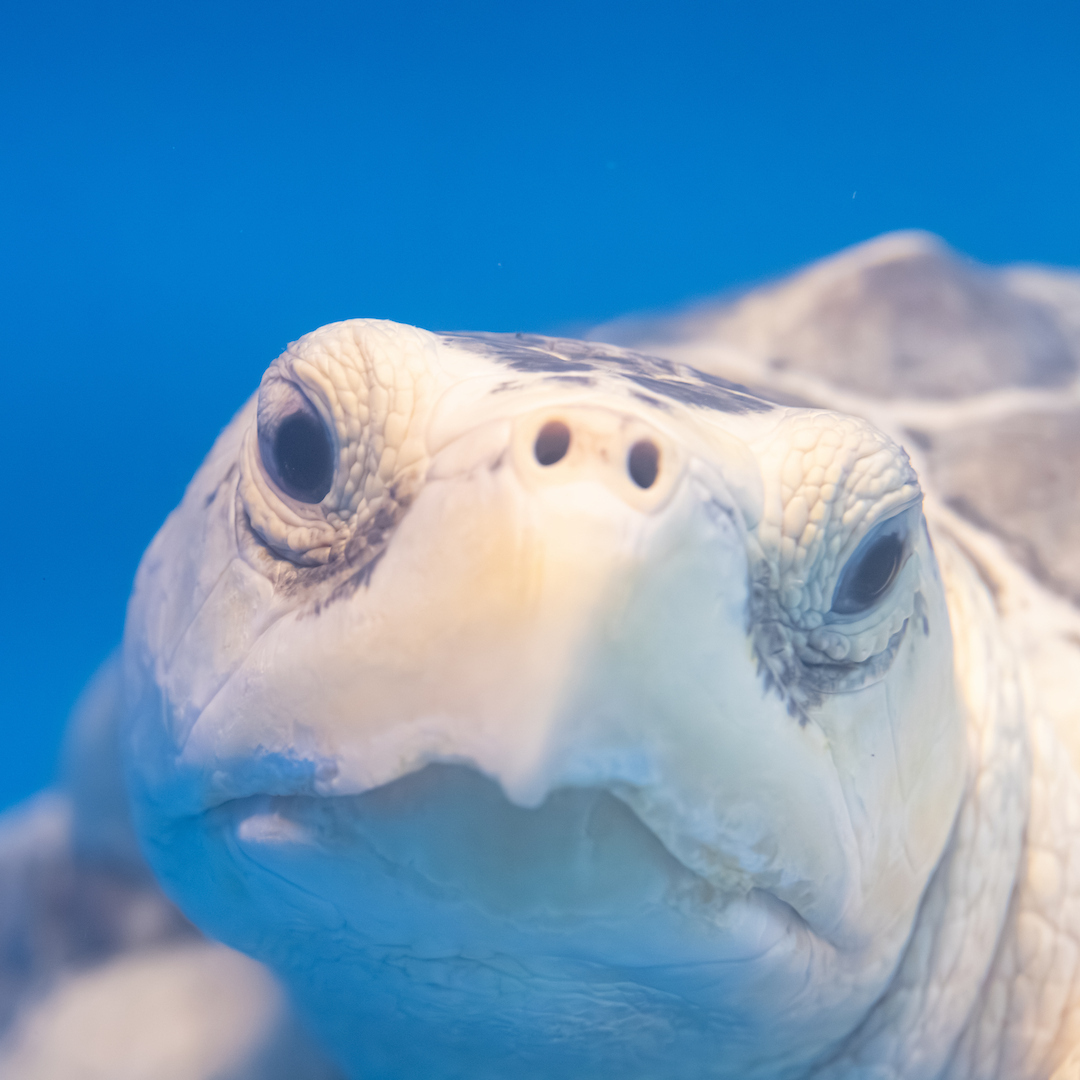- Key principles of the National Strategy to Prevent Plastic Pollution and its implications for a circular economy.
- The role of aquariums as pivotal cultural institutions in raising awareness about plastic pollution.
- Strategies individuals can adopt to reduce single-use plastic usage in their daily lives.
- The impact of plastic pollution on wildlife and ecosystems, with a focus on marine environments.
- The importance of integrating wildlife conservation efforts into plastic pollution initiatives.
The Environmental Protection Agency (EPA) recently took significant strides in combating a major global issue by releasing the "National Strategy to Prevent Plastic Pollution." This strategic blueprint is a part of the EPA’s broader agenda to foster a circular economy—a visionary system where all materials are recycled back into production, thus minimizing waste. In this context, understanding the fundamental principles of this strategy is crucial for individuals dedicated to environmental stewardship.
The National Strategy to Prevent Plastic Pollution aims to transform waste management practices through various initiatives. Primarily, it focuses on reducing plastic production, enhancing recycling processes, and fostering the development of eco-friendly materials. By emphasizing source reduction, this strategy promotes the creation of products designed for easier recycling and reuse, thereby closing the loop in the life cycle of plastics. This proactive approach not only addresses the end-of-life stage of plastics but also impacts choices made at the beginning of a product’s life cycle. This transformation is pivotal for achieving a sustainable, circular economy.
To achieve these goals, the strategy underscores the need for collaboration among government entities, industry stakeholders, and communities. It highlights policies promoting extended producer responsibility, where manufacturers are held accountable for the disposal of their products, thus incentivizing environmentally friendly product designs. By focusing on systemic change, this strategy sets a clear pathway towards reducing plastic pollution on a national scale.
Aquariums, as prominent cultural institutions, play a crucial role in the fight against plastic pollution. They provide a tangible connection to marine life, enabling them to educate the public about the detrimental effects of plastics in oceans. Aquariums can inspire behavioral change by showcasing both the beauty of underwater ecosystems and the threats they face from plastic debris.
Many aquariums have taken proactive measures by implementing sustainable practices within their operations, such as eliminating single-use plastics and promoting recycling programs. They engage visitors through interactive exhibits and educational programs that underline the urgency of addressing plastic pollution. By leveraging their platform, aquariums encourage individuals to take personal responsibility, fostering a collective effort to reduce plastic consumption and protect marine biodiversity.
Reducing single-use plastic use in our daily lives is a critical component of addressing plastic pollution. Individuals can make impactful changes by opting for reusable items, such as bags, water bottles, and utensils, instead of disposable alternatives. Additionally, choosing products with minimal packaging, supporting companies with sustainable practices, and participating in local recycling programs contribute to a meaningful reduction in plastic waste.
Incorporating these habits into everyday routines requires a conscious effort and a shift in mindset. Public awareness campaigns and educational initiatives can further inform communities about the environmental consequences of plastic waste, motivating widespread participation in sustainable practices. Through collective action, individuals can significantly decrease the demand for single-use plastics, thereby mitigating their impact on the environment.
Plastic pollution poses a significant threat to wildlife and ecosystems, particularly in marine environments. Many marine species, including fish, turtles, and birds, mistake plastic debris for food, leading to ingestion and, frequently, death. Beyond ingestion, animals often become entangled in plastic waste, which can cause physical harm and impede their ability to move, feed, or reproduce.
The ramifications of plastic pollution extend beyond individual species, affecting entire ecosystems. Plastics can introduce harmful chemicals into the environment, contaminating water sources and soil, and impacting the health of all organisms within an ecosystem. Moreover, microplastics—tiny plastic particles—are pervasive pollutants that infiltrate food chains, posing a long-term risk to biodiversity and human health alike.
Therefore, integrating wildlife conservation efforts with plastic pollution initiatives is paramount. Conservation organizations can work alongside governmental and non-governmental bodies to develop strategies that address both habitat protection and waste management. By conducting research on the impacts of plastic on various species and ecosystems, these organizations can inform policy decisions and conservation priorities.
Strategically placed collection points for waste, awareness campaigns emphasizing the connection between human actions and wildlife health, and advocacy for stronger regulations on plastic production are all vital components in the conservation toolkit. A holistic approach that combines scientific research, education, and policy advocacy is essential to mitigate the adverse effects of plastic pollution on wildlife and ecosystems.
In summary, the EPA’s "National Strategy to Prevent Plastic Pollution" marks a significant advancement in the quest for a sustainable future through a circular economy. By incorporating strategies that involve reducing plastic production, enhancing recycling, and fostering collaboration, this strategy aims to address the root causes of plastic pollution. Institutions like aquariums serve as vital conduits for public education, while individuals have the power to effect change by reducing single-use plastic consumption. Addressing the impacts of plastic pollution on wildlife and ecosystems requires an integrated approach that combines conservation efforts with robust policy frameworks. Through collective action and informed decision-making, society can work towards safeguarding our planet for future generations.
*****
Source Description
Last month, the @EPA released the “National Strategy to Prevent Plastic Pollution” as part of its long-term project to build a circular economy.
A circular economy recycles all materials—like plastic, water, food or energy—back into the production stage, creating little to no waste. The EPA acknowledges aquariums as important cultural institutions that can increase awareness about plastic pollution!
Learn more about how to reduce single-use plastic in your own life at the link in our bio.


